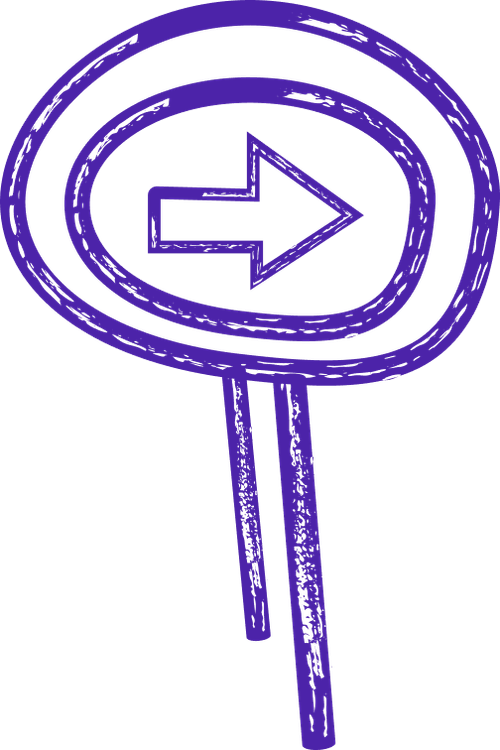
what is impedance mismatch
Impedance Mismatch
The concept of impedance mismatch arises primarily in situations where object-oriented programming languages, such as Java or Python, are used to interact with relational databases, which are based on the tabular model. Object-oriented programming languages represent data using objects, classes, and hierarchies, while relational databases store data in tables with rows and columns.
The impedance mismatch problem becomes evident when attempting to map the objects and relationships in the application's programming language to the tables and relationships in the database. This mapping process often requires the use of Object-Relational Mapping (ORM) frameworks, which aim to bridge the gap between the object-oriented and relational paradigms.
The impedance mismatch problem can manifest in various ways. One common issue is the mapping of inheritance hierarchies, where a single class hierarchy in the programming language needs to be represented as multiple tables in the database. This can lead to complex and convoluted mappings, making it challenging to maintain and query the data effectively.
Another aspect of impedance mismatch is the difference in data types and constraints between the programming language and the database. For example, a programming language may support complex data types, such as arrays or nested objects, while the database may only provide basic data types like integers or strings. This mismatch can result in data loss or the need for additional transformations and validations during the data exchange process.
The consequences of impedance mismatch can be detrimental to the overall performance, maintainability, and scalability of a software system. The complexity introduced by the mapping process can lead to slower query performance, increased development effort, and a higher probability of bugs or inconsistencies in the data.
To mitigate impedance mismatch, developers can employ various strategies. One approach is to use ORM frameworks, which automate the mapping between the object-oriented and relational models. These frameworks provide tools and techniques to define mappings, handle relationships, and optimize data retrieval and persistence operations.
Additionally, adopting a domain-driven design (DDD) approach can help align the software's domain model with the database schema, reducing the impedance mismatch. DDD emphasizes the creation of a rich, expressive domain model that closely reflects the business requirements, allowing for a more natural mapping to the database structure.
Furthermore, newer technologies, such as NoSQL databases, have emerged as alternatives to traditional relational databases, offering more flexible data models that align better with object-oriented programming languages. NoSQL databases allow for the storage of unstructured or semi-structured data, providing a more seamless integration with object-oriented systems.
In conclusion, impedance mismatch is a challenge that arises when integrating object-oriented programming languages with relational databases. It refers to the misalignment between the data structures and models used by different software components. Understanding and addressing impedance mismatch is crucial for building efficient, maintainable, and scalable software systems. By leveraging ORM frameworks, adopting domain-driven design principles, or exploring alternative database technologies, developers can mitigate the impedance mismatch problem and improve the overall integration between their application and the underlying database.
Let’s build your next digital product — faster, safer, smarter.
Book a free consultationWork with a team trusted by top-tier companies.








